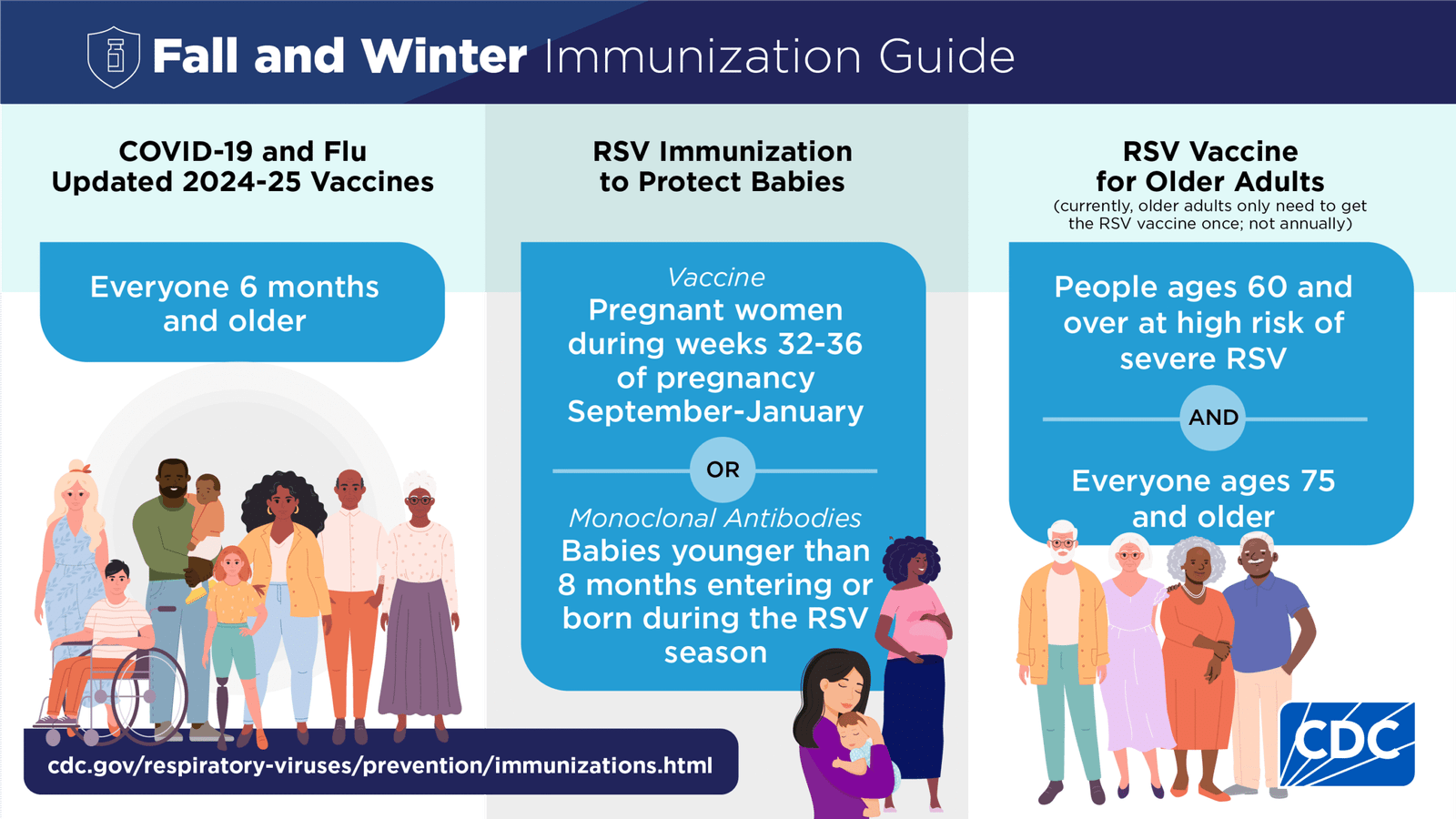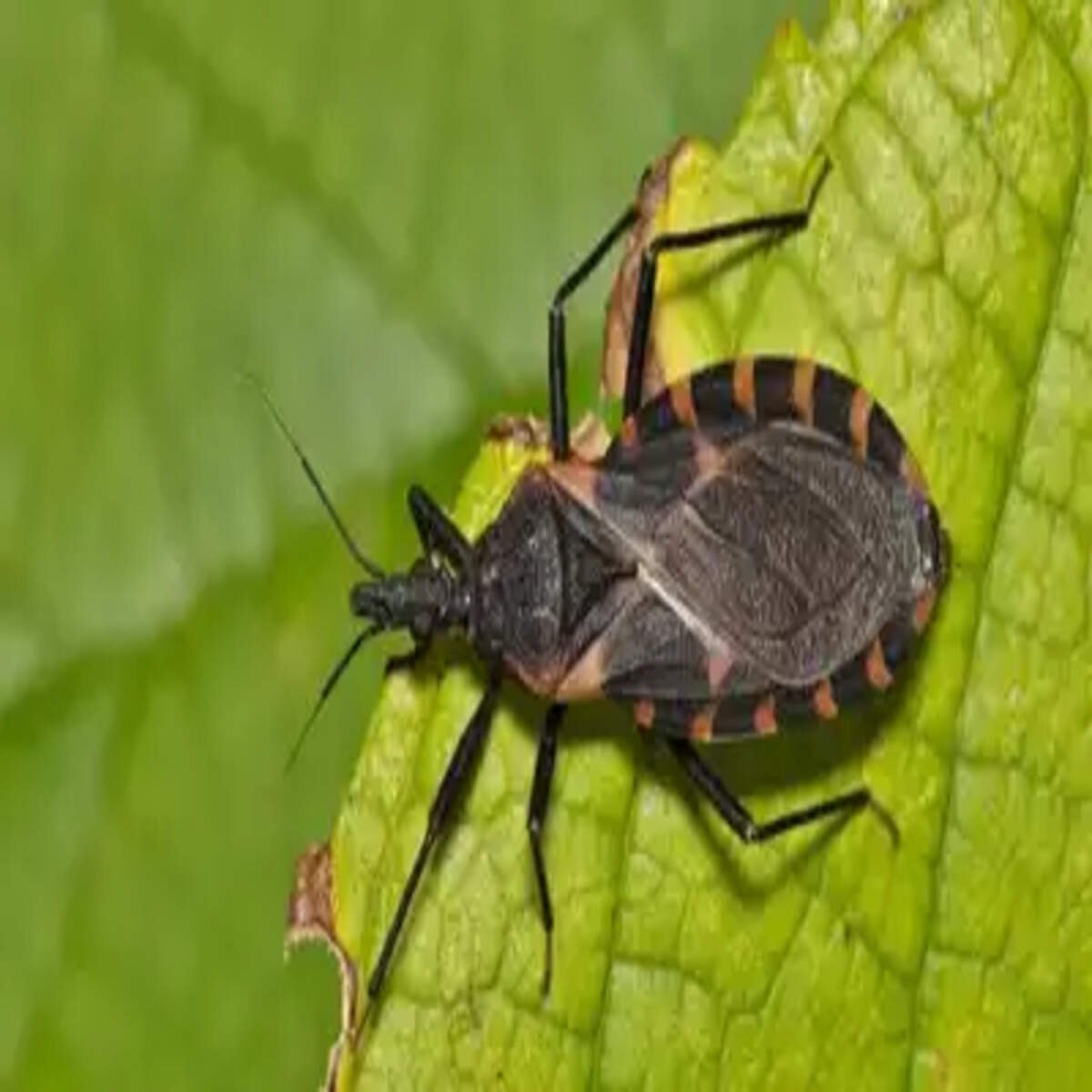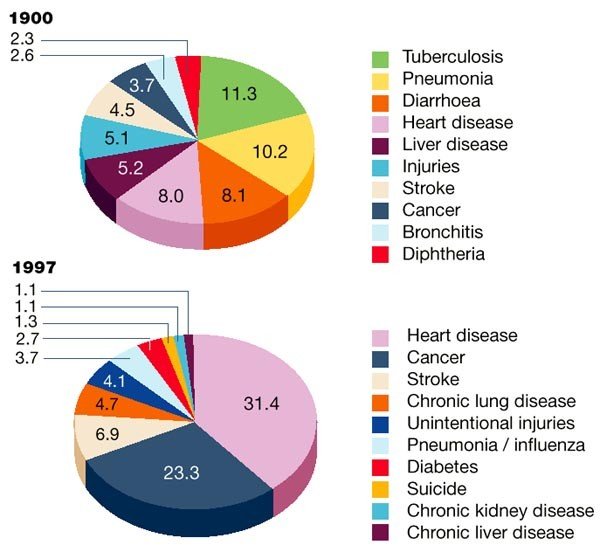The 2025 flu season forecast is here—experts predict higher-than-usual infection rates due to changing weather patterns, new influenza strains, and lower vaccination uptake. Learn how to protect yourself and your family with proven prevention strategies, doctor-backed advice, and practical lifestyle adjustments. Discover how the flu spreads, which age groups are most at risk, and the best ways to boost immunity naturally. From flu shots to air purification, hand hygiene, nutrition, and sick-day planning, this in-depth guide gives you everything you need to stay healthy. Includes expert FAQs, CDC insights, and real-life examples.
Flu season 2025 may bring stronger and earlier outbreaks, experts warn. Protect your family by combining flu shots, good hygiene, nutrition, and smart home practices. This guide covers the latest CDC forecasts, expert tips, and practical steps to reduce risk—so you can keep your loved ones safe and healthy throughout the season.
Why This Flu Season Forecast Matters
Every year, influenza (the flu) sweeps across the United States, disrupting schools, workplaces, and families. Unlike a mild cold, the flu can lead to severe complications, hospitalization, or even death, particularly among children, the elderly, and people with chronic conditions.
In 2018–2019, the U.S. experienced an estimated 490,600 flu-related hospitalizations and 34,200 deaths according to the CDC. Some years are milder, others more severe—but in all cases, flu season carries risks we cannot ignore.
For 2025, early reports suggest the flu season may arrive earlier and hit harder than usual. Understanding the forecast, prevention methods, and practical steps will help families reduce risks, stay healthy, and minimize stress.
This blog brings together the latest flu forecasts, expert-backed prevention tips, relatable family examples, and clear answers to the top flu-related questions Americans are searching right now.
What Does the Flu Season Forecast for 2025 Say?
Seasonal flu forecasting combines viral strain tracking, weather modeling, and historical data. The CDC and WHO gather real-time reports worldwide to predict which strains may dominate.
Key Predictions for 2025:
- Earlier onset: Unlike previous years where flu activity picked up in late October or November, early cases may rise by late September.
- Higher intensity: Vaccination rates in some regions dropped during 2024 due to misinformation and pandemic fatigue, leaving more people vulnerable.
- Co-circulation of viruses: Flu may overlap with RSV and COVID-19, creating a “triple threat” of respiratory illnesses.
- Regional differences: Northeastern and Midwestern states may see earlier peaks due to colder weather patterns, while Southern states may face extended outbreaks into spring.
Stat check: A CDC spokesperson stated that during similar high-severity years, flu hospitalization rates were double those of a mild year, with seniors 65+ most affected.

Takeaway: Families should plan earlier, not wait until December, to begin prevention efforts.
Why Does the Flu Hit Some Families Harder Than Others?
If you’ve ever noticed some families barely get sick while others cycle through multiple infections, it’s not just luck—it’s a combination of biology, lifestyle, and environment.
- Vaccination gaps: Families that skip or delay flu shots are far more vulnerable.
- Health conditions: Asthma, diabetes, or heart disease make flu complications more severe.
- Immune resilience: Sleep, diet, stress, and exercise directly influence resistance.
- School and workplace exposure: Children in daycare or school often bring home germs.
Real-life example: The Lopez family in California used to experience back-to-back flu cases each winter. After they committed to family-wide flu shots, invested in a portable HEPA air purifier, and improved their kids’ sleep routines, they went through the 2023–24 flu season without a single case.
Takeaway: Strengthening household immunity is about combined strategies, not one magic fix.
How Does the Flu Spread So Quickly?
To fight the flu effectively, we must first understand how it spreads.
- Respiratory droplets: Sneezing, coughing, or even talking expels virus-filled droplets into the air.
- Surface contact: Touching contaminated surfaces (phones, doorknobs, desks) and then your face transfers the virus.
- Airborne spread: In poorly ventilated rooms, flu particles can float in the air and infect others nearby.
Science-backed fact: Flu viruses can survive on hard surfaces for up to 48 hours and on soft surfaces for about 12 hours. That’s why shared household items can silently fuel outbreaks.Takeaway: Regular surface cleaning, good hand hygiene, and air ventilation drastically cut transmission.
15 Proven Ways to Protect Yourself and Your Family in 2025
Here’s your step-by-step flu prevention playbook—backed by doctors, health agencies, and real-life experiences.
1. Get Vaccinated Early
Flu vaccines remain the single most effective protection.
- Schedule before end of October for maximum coverage.
- Even if strains evolve, vaccines reduce severity and hospitalization risk.
Example: A study by the CDC showed vaccination reduced children’s risk of flu-related ICU admission by 74%.
2. Strengthen Daily Hygiene Habits
- Wash hands with soap for 20+ seconds after public contact.
- Carry alcohol-based sanitizer for outings.
- Teach kids to avoid touching their eyes, nose, and mouth.
3. Boost Indoor Air Quality
- Install HEPA air purifiers in bedrooms and living areas.
- Change HVAC filters regularly.
- Open windows for airflow when weather allows.
4. Eat an Immune-Supportive Diet
Nutrition plays a powerful role in flu defense.
- Vitamin C: Citrus fruits, strawberries, bell peppers.
- Vitamin D: Fortified milk, salmon, or daily supplements if deficient.
- Zinc: Pumpkin seeds, chickpeas, and lean meats.
5. Prioritize Sleep & Stress Control
- Adults need 7–9 hours per night; kids may need more.
- Chronic stress weakens immunity; combat it with yoga, meditation, or daily walks.
Example: In a 2015 study, adults who slept less than 6 hours were 4x more likely to catch colds or flu compared to those who slept 7+ hours.
6. Stock a “Flu Season Kit” at Home
Prepare in advance with:
- Digital thermometers
- Fever reducers (acetaminophen, ibuprofen)
- Rehydration drinks (Pedialyte, Gatorade)
- Sanitizing wipes, tissues, and disposable masks
7. Encourage Kids to Practice “Cough Etiquette”
Teach them to:
- Cough/sneeze into elbows, not hands.
- Immediately discard used tissues.
- Wash hands after coughing or sneezing.
8. Consider Mask-Wearing in Crowded Areas
While masks are not mandatory, they remain effective in reducing flu spread in public spaces like subways, airports, and classrooms.
9. Disinfect High-Touch Surfaces Daily
Focus on:
- Doorknobs, phones, TV remotes
- School bags and lunchboxes
- Kitchen counters and light switches
10. Maintain Regular Exercise
Moderate exercise strengthens immunity.
- Aim for 150 minutes/week of brisk walking or cycling.
- Avoid overtraining, which can suppress immunity.
11. Limit Close Contact if Sick
- Keep sick kids home from school.
- Avoid visiting elderly relatives until fully recovered.
12. Plan Sick Days in Advance
Talk with employers and schools about flexible options if flu hits your household.
13. Keep Hydrated
Fluids help regulate temperature and flush toxins. Encourage water, herbal teas, and broths.
14. Seek Medical Advice When Needed
Don’t wait if symptoms worsen—especially for children, seniors, or those with chronic conditions.
15. Stay Informed with Reliable Sources
Follow updates from CDC, WHO, and local health departments.
FAQs – Trending Questions About Flu Season 2025
1. When is flu season expected to peak in 2025?
Experts predict the peak between December and January, though some regions may see early spikes in October–November due to climate shifts.
2. Is the 2025 flu vaccine effective?
Yes. While vaccine effectiveness varies, studies show they reduce hospitalizations by 40–60% and make symptoms milder if infection occurs.
3. Can you get the flu and COVID-19 at the same time?
Yes. Co-infections are possible and more dangerous. Doctors recommend getting both the flu and updated COVID-19 vaccines to minimize risks.
4. Are children more at risk this season?
Children under 5, especially under age 2, are at higher risk of complications. Schools and daycare centers also increase exposure.
5. What’s the best natural way to boost immunity?
Prioritize a balanced diet, regular sleep, stress management, vitamin D supplementation if deficient, and moderate exercise.
6. Do flu shots have side effects?
Most side effects are mild—soreness, fatigue, or a low-grade fever. Severe reactions are extremely rare.
7. Should pregnant women get the flu shot?
Yes. The vaccine protects both mother and baby, reducing flu risk during pregnancy and in the first months of life.
8. How long does flu immunity last?
Flu vaccine immunity lasts 6–12 months, but strains change annually—hence the need for yearly shots.
9. Does wearing a mask still help against flu?
Yes, particularly in crowded indoor environments. Masks block respiratory droplets and reduce spread.
10. What should I do if I suspect the flu?
Stay home, rest, hydrate, and use fever-reducing meds if needed. Contact a doctor if symptoms worsen or if you are in a high-risk group.
Final Thoughts: Your Flu Survival Plan
The flu may seem inevitable, but it doesn’t have to overwhelm your household. By combining vaccination, hygiene, nutrition, air quality improvements, and proactive sick-day planning, you can dramatically reduce risks.
Remember, prevention isn’t just about avoiding illness—it’s about protecting loved ones, reducing stress, and keeping life running smoothly even during peak flu season.
Stay informed, stay prepared, and stay healthy.




